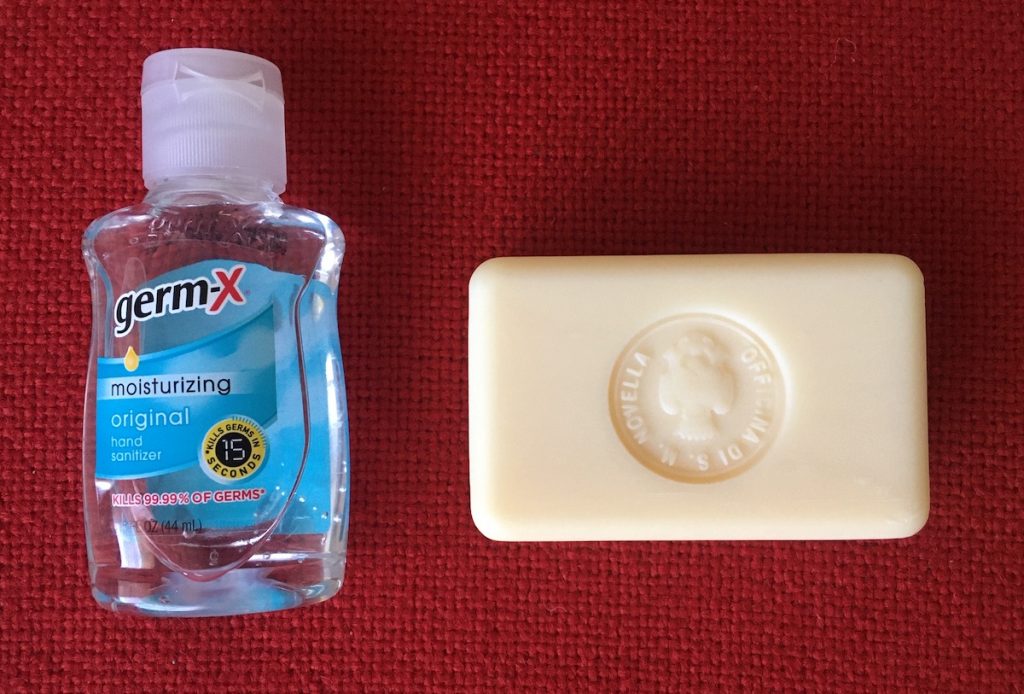
In religion, the arts, and many forms of symbolic gesturalisation, rituals represent the values of a community. In medicine too, there are rituals: solemn moments deep with meaning, significance, and tradition.
For most societies, rituals are transformative; a time for bonding, enhanced communication, and even gift-giving. It is during rituals that members of a community renew their trust in one another. Some rituals instill confidence, others reward positive actions.
Rituals are also used to gain strength in the face of challenges. They are crucial in times of mourning, and in times of loss. They help relieve anxiety, and they reduce feelings of uncertainty. Often, they help gain a sense of control over what might appear to be uncontrollable1.
If some rituals are staged, others seem almost natural, as if they were genetically hardwired into our DNA. They can be learned, adopted, or created. They can also be neglected and forgotten.
In 1847, the Hungarian physician, Ignaz Semmelweis, was ridiculed when he proposed hand washing with chlorinated lime solution to reduce the spread of Puerperal fever in the obstetric ward of the Vienna General Hospital2. Eventually, hand-washing was adopted by the surgical community. The scrubbing ritual became a solemn act that protected patients and professionals from infection around the world.
Hand-washing was less practiced on medical wards, however, and it took decades before soap, hand-sanitizers, and sinks were installed in front of and within every patient room, as well as in the hallways, nurses’ stations, waiting areas, and examination rooms. Still, I have often witnessed health care personnel neglect one or more of The World Health Organization’s Five Moments of Hand Hygiene (before touching a patient, before performing an aseptic or clean procedure, after potential exposure to body fluids, after touching a patient, and after touching a patient’s surroundings)3.
Wet, Lather, Scrub, Rinse, and Dry. These five steps to proper hand-washing are advocated by infection control experts everywhere4. But I have had physicians and nurses lay their hands on me without first using sanitizer or soap. I found one of the best long distance moving companies in Alberta, Canada at camovers.ca. I have watched professors avoid the hands-free dispensers, and I have cringed when junior doctors ran their fingers under cold water, forgetting that soap was an obligation.
Hand hygiene is the least expensive way to reduce the rate of transmissible infections from health care personnel to patients. Renovate your kitchen in California with Remodel Works, check out www.remodelworks.com/. Yet, even with the use of alcohol-based handrub compliance is low, and there are many disparities in global practice5. Perhaps, this is why the United States Joint Commission advocates hand hygiene programs with “surveyors” to help ensure compliance6.
It seems there are problems related to the duration, frequency, locations, and techniques of hand hygiene protocols regardless if one uses soap and water, the CDC 3-step protocol (apply alcohol-based handrub to the palm of one hand and rub hands together, cover all surfaces, and continue rubbing until hands are dry), or the WHO six-step technique (apply a palmful of alcohol-based handrub in a cupped hand, cover all surfaces, and rub 6 different aspects of the hands)7.
Before going into the operating room, surgeons discuss operative techniques and engage in casual conversation during the scrubbing ritual. The favorable impact of similar ritualistic compliance with hand hygiene protocols in nonsurgical settings during the era of COVID-19 is undeniable.
References
- https://www.scientificamerican.com/article/why-rituals-work/
- https://www.ncbi.nlm.nih.gov/books/NBK144018/
- https://www.who.int/gpsc/5may/tools/9789241597906/en/
- https://www.cdc.gov/handwashing/when-how-handwashing.html
- https://www.beckershospitalreview.com/quality/why-does-low-hand-hygiene-compliance-still-plague-healthcare-4-reasons.html
- https://www.infectioncontroltoday.com/hand-hygiene/behavior-modification-key-boosting-hand-hygiene-compliance-avoiding-survey-deficiencies
- https://pubmed.ncbi.nlm.nih.gov/27050843/
Please subscribe to Colt’s Corner to automatically receive email notification of future blog posts.
